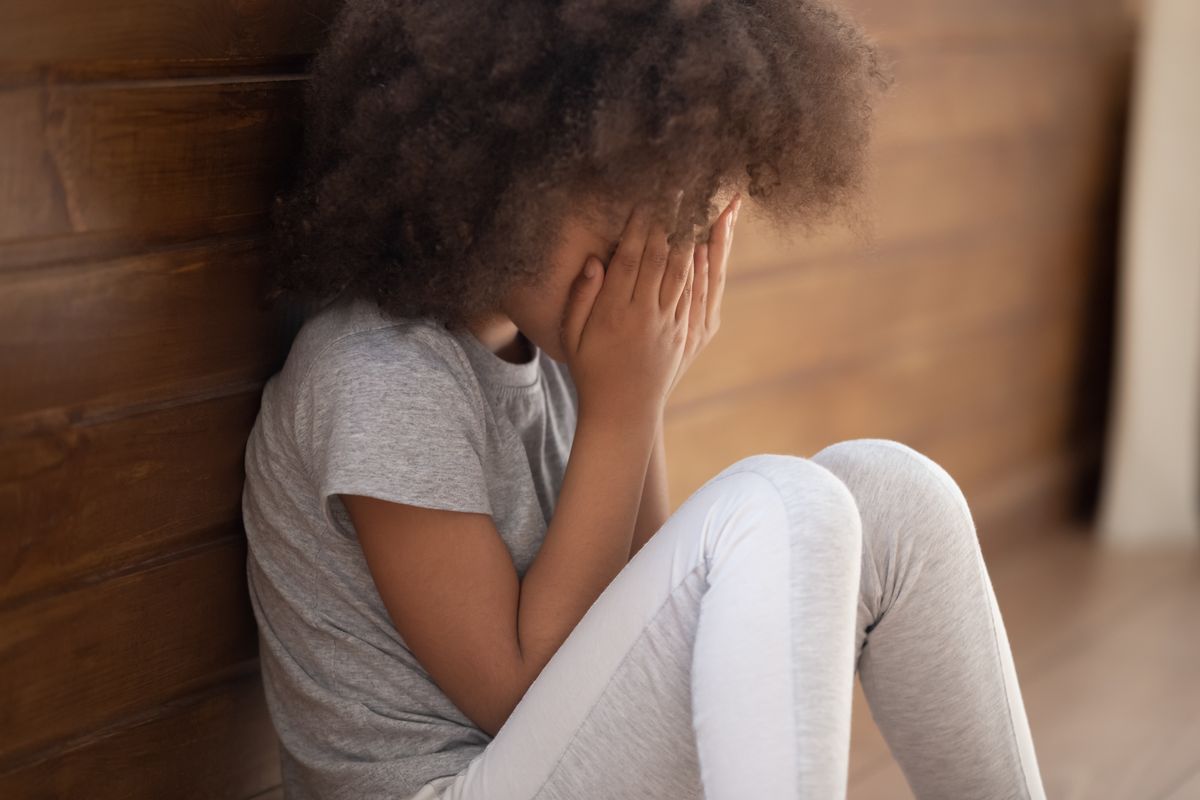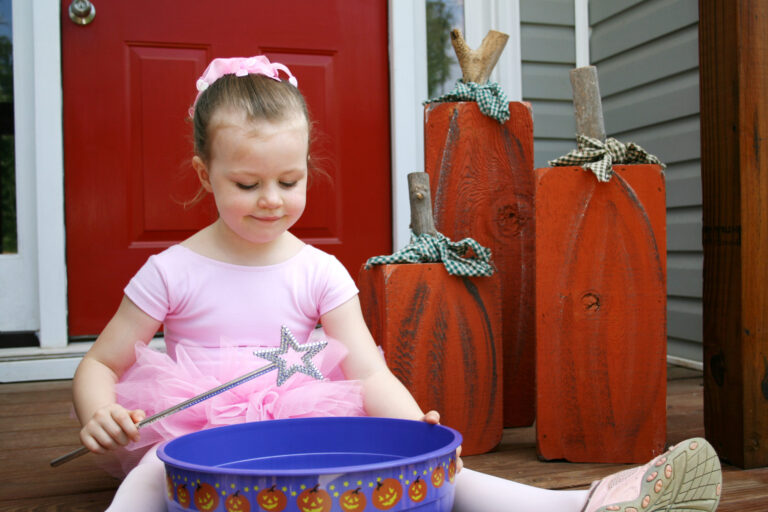
As you’ve continued to keep your students connected to dance throughout the COVID-19 crisis, you may have noticed that some of their faces—whether on your laptop screen or back in the studio—look different. They may be less vibrant, or more emotional. Some students may simply not show up.
We are experiencing a collective loss. And in addition to the loss of physical closeness, time in the studio and performances, some students are dealing with the loss of a loved one.
When your dancers are grieving, it is easy to feel powerless. Leading your students through a global pandemic was not on the dance pedagogy syllabus. But by being flexible, knowing the signs of distress and asking the right questions, you can help your students manage their grief and get back to dancing.
Understand Grief
“Grieving is part of the life process,” says psychologist Jo-Anne La Flèche, who teaches psychopedagogy at L’École supérieure de ballet du Québec in Montreal. “It is a mourning experience that comes from the loss of a person, an object, an experience, a place, a period in your life.”
The intensity of the grief is directly correlated to the personal value of the loss: While all your students may have lost the same opportunity to perform, the students’ emotional investment in that performance—and their coping abilities—may be completely different, she says. La Flèche advises inquiring about why a dancer is grieving rather than making an assumption about what the loss means to them.
Remember that grief has many stages. La Flèche says that initially dancers may be in shock or denial. “They are not necessarily lying to you,” she says. “They are lying to themselves. And that is a normal reflex at first.” When the shock wears off, dancers may begin panicking, become tearful or angry, or obsess over what they should have done differently. There is no clear path, says La Flèche—dancers may move from one stage of grief and back to another.
Behavior can vary widely, especially for dancers who have lost a loved one. “Some dancers will want to continue to dance to feel connected to their normal,” says Danielle Rathey, a certified school psychologist lecturing at New York University. “Others will develop some form of survivor’s guilt or depression.”
Adapt Beyond “Normal”
It’s natural for dance teachers to feel pressure to have a business-as-usual attitude, even in these strange circumstances. But La Flèche warns that trying to keep things “normal” for your dancers right now is akin to leaving the empty chair at the dinner table after someone has passed away. “If we are trying to do exactly the same thing we would do normally, we are even more in touch with what isn’t there,” she says. This hinders the ultimate goal of the grieving process—acceptance.
La Flèche suggests that dance teachers treat this time as the beginning of a term with a brand-new class of dancers. Reestablish goals and expectations based on the new circumstances, and be flexible—whether that means rethinking your dress code, your disciplinary policies, your class content or the way you give corrections. “Set the table for the party you can have,” says La Flèche, “not the party you wish you were having.”
Ask the Hard Questions
According to Rathey, the most important thing teachers can do to help grieving students is pay attention. Consistently check in at the start of each class, and watch for signs that a dancer is struggling, such as withdrawal or acting out.
La Flèche says you should approach a student you are worried about by assuring them that you are genuinely concerned about their wellness, based on specific examples of troubling behaviors you have seen over a period of time. You are not a therapist, but you may be one of the few people with enough access to the student to notice these changes in behavior.
If they share that they are struggling, La Flèche suggests using active listening and asking open questions to help them come to a next step. The hope is that the dancer will arrive at their own solution, like talking to their parents or a mental health professional. If they don’t, you can suggest that they try talking to someone they trust. Make sure you have a list of resources on hand before beginning the conversation, and follow up with them shortly after you talk, says Rathey.
How you proceed from there depends on the situation and the age of the student. If the dancer is older, La Flèche suggests that you agree on a deadline for when they should take the agreed-upon action. If you are worried about the student’s safety, or if they are a minor, let them know you are going to speak to their parents out of concern. “Parents are sometimes so wrapped up in their own worry that they don’t see their child struggling,” says Rathey. Review with the student precisely what you are going to communicate to their parent or guardian.
Acknowledge Your Grief
It was also your season and school year that was interrupted. You may even be afraid of losing your job or your business. Your dancers need you to acknowledge your own grief: If you are in denial, your students will follow your lead and could have a harder time coping. Processing your grief will require self-compassion, says Rathey, or “giving ourselves the grace and comfort we would give our best friends.”




